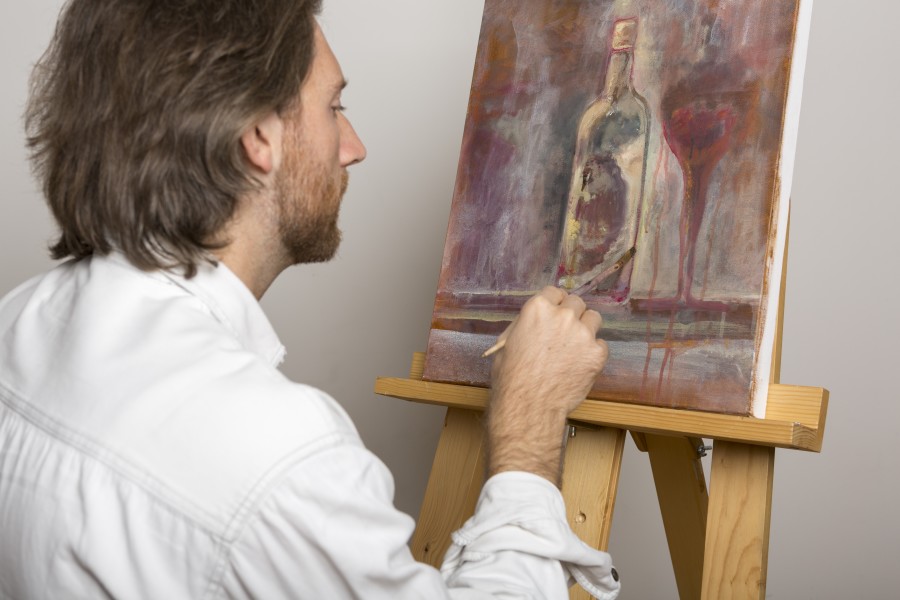You Got It!
3 Simple Steps to Steal Techniques
 技を盗む: Steal Techniques
技を盗む: Steal TechniquesHave you heard that you should not be learning techniques but you should be stealing them? I tell my students to steal the movements. There are many things that we cannot just “teach”. But do you really know what “stealing techniques” means?
“To steal” the techniques, you must go through 3 steps.
3 Easy Steps to Steal Well
- Copy
- Analyze
- Test
That is all. Now I would like to explain each step so you know what you have to do.
1. Copy
What do you think you should copy? Let’s see…
- movements
- timing
- distance
- situation
 How Well Can You Replicate?
How Well Can You Replicate?“Movements” involves
- shinai movements
- hand/arm movements
- footwork or ashi-sabaki
- body work or tai-sabaki
- was the striker going forward
- was the striker leaving weight behind
“Timing” involves
- At what moment the striker executed the technique and to know that…
- What did the opponent do when (before, during and after) he/she got struck
“Distance” involves
- how far was the striker from his/her opponent
- was his/her opponent coming forward or backward
- was the technique small or big
- what kind of footwork was used when executing the technique
“Situation” involves
- was the striker putting pressure
- was the striker chasing or going away from the opponent
- did the opponent looked surprised, hesitate, confident…
- both moving, only one of them or both are still
You must try to copy, in other words, reproduce the similar situation in which the technique was executed.
But it is too hard to “control” your opponent so you try to duplicate what the striker did to execute the technique that you are trying to steal. This is the first step. And when you are used to do what you need to do, practice to control your opponent to create the exact situation you want to have so your technique will work.
!!!Important!!!
Copy as you watch. Try NOT to interpret.
When you interpret, you try to MAKE SENSE to yourself. So you start filtering out what you DO NOT understand.
Copy exactly you watch without filtering out what you do not understand. If you don’t understand the logic behind or things that don't make sense to you, that is fine. Maybe your level is too low to understand what is going on.
That is why it is important to copy EXACTLY so you can start analyze it. And whatever you don’t understand now will make sense in the future.
2. Analyse
 Do Not Miss Any Small Things
Do Not Miss Any Small ThingsAfter copying and trying, you should analyse what worked and what didn’t. You might steal the techniques but if you don’t know how they work, then we call in Japanese “宝の持ち腐れ (Takara no Mochigusare)“. A simple translation of that is “useless treasure”. You do not want to waste what you just copied.
So this analysis phase is one of the most important part of “stealing”.
Back in old days, when we did not have videos at the dojo to study later, what I did was to imprint the techniques in my brain and played them back in my head over and over. When someone videotaped some shiai, I got a copy and watched them over and over.
What do we pay attention when analyzing?
Simply, go back to the lists described above.
Find what is lacking in your copying process.
This phase can be most painful because you never know if you can really perform the exact technique but very important. If you don’t analyse your kendo, you will never improve anyway.
Then after analyzing you must…
3. Test
 Keep Testing Until You Get a Good Result
Keep Testing Until You Get a Good ResultYou fix or change something then you have to test how it goes in jigeiko. Unless you test, you never know if it works or not.
When it doesn't work, fine. You just have to go back to the analysis. Play the technique in your head or if you have a video, then watch it again and again.
Analyse
- what is lacking,
- what needs to be done and
- what you need to improve.
Then test again.
This process continues until you get the technique right so it might take a few days or a few decades. Who knows.
Conclusion
I talked about “stealing techniques” but this applies to learning the basics as well. Visualize what your instructor is showing and copy what is going on right in front of you. That is the quickest way to improve your kendo!

